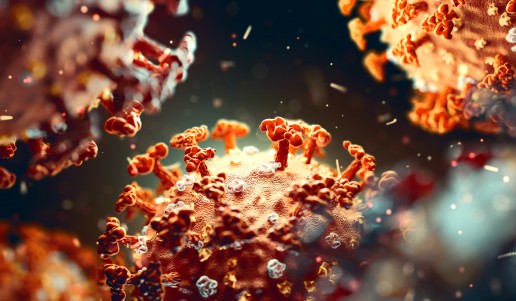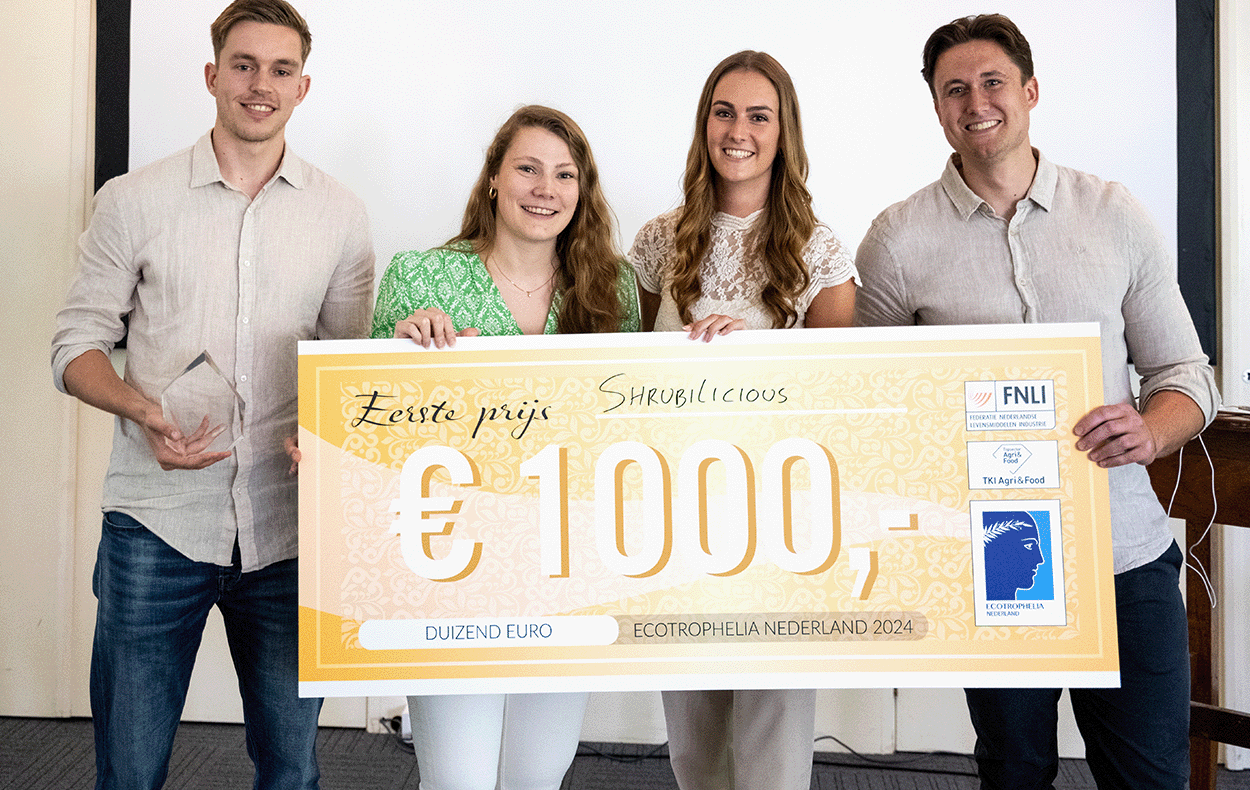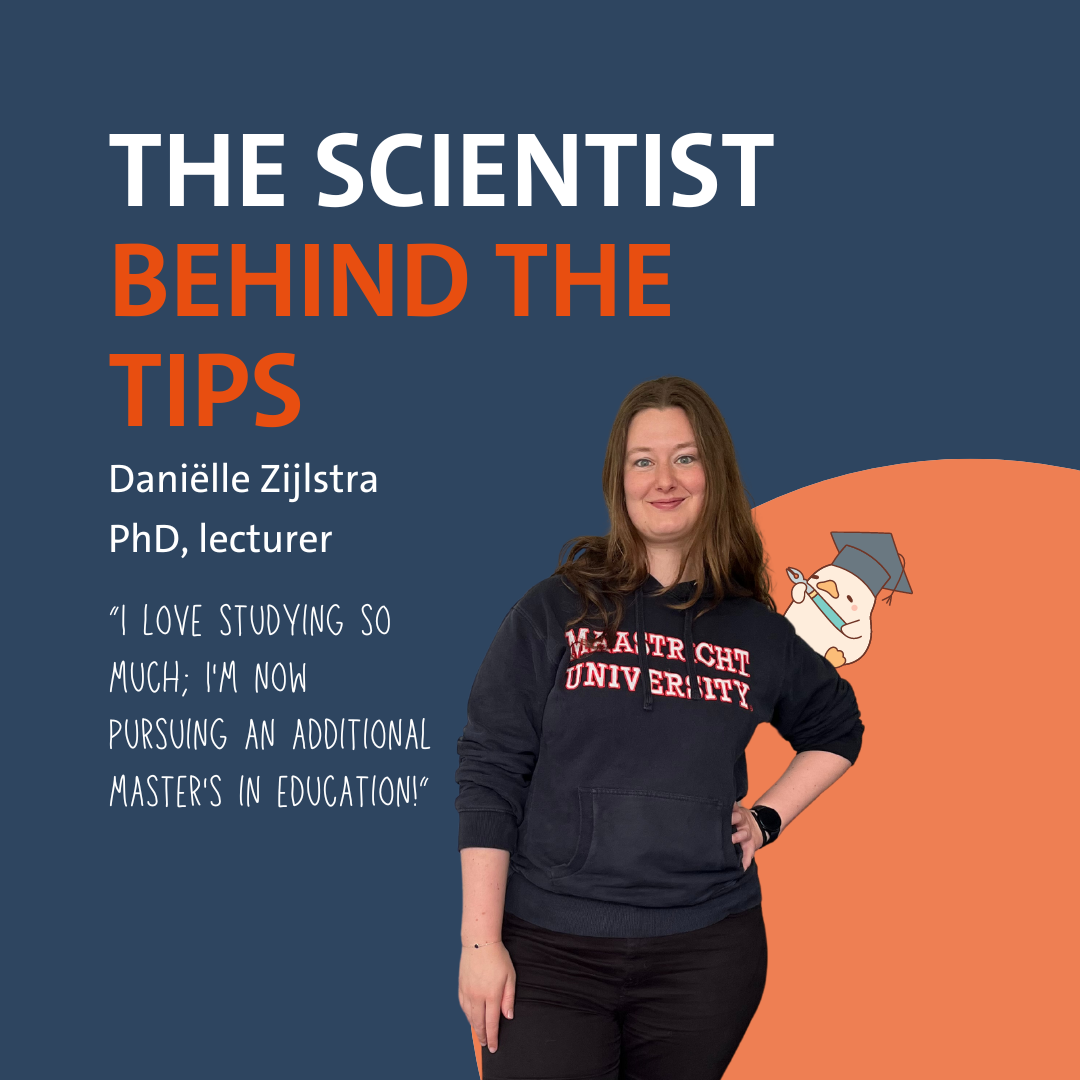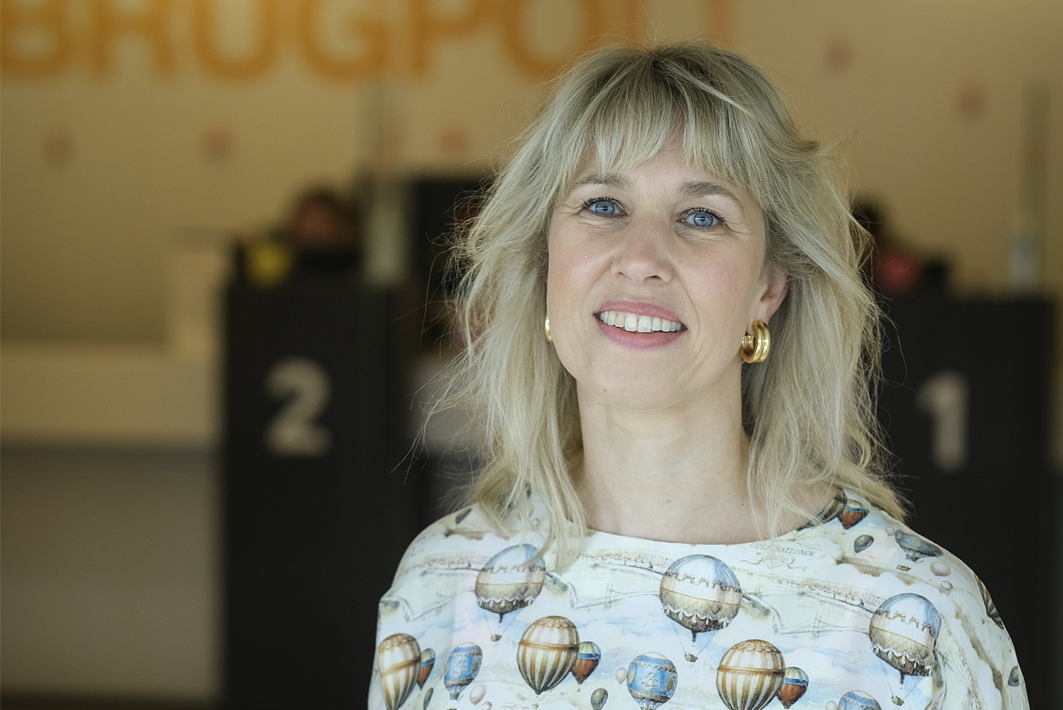Molecular roadmap of coronavirus
Scientists have presented an extensive molecular roadmap of the coronavirus: the COVID-19 Disease Map. This map sets out all the interactions between the virus and human cells that are known to date. In total, there are 1836 such interactions. This knowledge helps researchers in further unravelling the mechanism of the coronavirus and in the quest for methods of treatment and a vaccine. The COVID-19 Disease Map was drawn up by an international group of scientists, in which Maastricht UMC+ and Maastricht University were closely involved.
We are continuing to find out more about the way the coronavirus (SARS-CoV-2) operates and why it behaves the way it does. The penetration of the virus into a host cell is a complex set of interactions at the molecular level. This collection of interactions is also referred to as 'pathways' in scientific terms. Dozens of proteins and genes of both the virus and the host (in this case the human being) are involved in these molecular processes.
Collection of interactions
In order to obtain a good visualisation of the molecular processes, scientists are using research data that are being generated all over the world. New scientific publications on the coronavirus appear every day, each one adding more knowledge about a small part of the puzzle. The COVID-19 Disease Map that has now been presented draws on 617 scientific publications. This has produced a collection of 41 diagrams, in which 1836 molecular interactions are visualised, consisting of 5499 separate elements.
A better understanding
The COVID-19 Disease Map has been created out of three large databases, i.e. MINERVA (GitLab), Reactome and WikiPathways. This last database is managed by researchers at Maastricht UMC+ and Maastricht University. With WikiPathways, the Maastricht researchers have made a substantial contribution to drawing up the complete COVID-19 Disease Map. Bioinformatics expert Martina Summer-Kutmon is therefore justifiably proud of the result: "A structured overview of the molecular mechanism of the virus forms the basis for new scientific research. This will benefit the whole world. Every day that new knowledge is acquired, we come a step closer to a better treatment and possibly a vaccine."
The content of the COVID-19 Disease Map can be found under: covid.pages.uni.lu/map_contents. The international group of researchers have published their results on the scientific platform BioRxiv.
Also read
-
Maastricht University students have won the Dutch final of the student competition Ecotrophelia, a drinking vinegar based on apple cider vinegar, fruit and herbs.
-
In the upcoming months, we’ll share tips on Instagram for our students on how to live a healthier life. Not just a random collection, but tips based on actual research happening at our faculty. The brains behind this idea are Lieve Vonken and Gido Metz, PhD candidates at CAPHRI, the Care and Public...
-
Mayke Oosterloo is a movement disorders neurologist at Maastricht UMC+ and a researcher at the MHeNs institute of Maastricht University. In the outpatient clinic and various nursing homes in Limburg, she guides and treats patients (and their loved ones) with Huntington's disease.



